Lure Action
Lure Action
Understanding Lure Action in Fishing and Camping
One of the most captivating and important concepts for both novice and experienced anglers is Lure Action. Simply put, it is the movement that a fishing lure creates in the water. This movement can vary greatly depending on the style and type of lure and the way in which the angler uses it.
Why is Lure Action important?
Understanding how lure action works can significantly enhance your chances of a successful fishing trip. The movement of the lure in the water is designed to mimic the behavior of prey, which then attracts the target fish. In order to do this effectively, the fisherman must select a lure with the right kind of action to entice the specific species of fish they are attempting to catch.
Types of Lure Action
There are several types of Lure Action that anglers utilize. These include but are not limited to:
- Wobbling: This action imitates an injured fish which is easy prey for predators. The lure moves side to side in a rhythmic manner.
- Fluttering: In this action, the lure repeatedly darts up and down, mimicking a delicious and vulnerable small fish or insect.
- Gliding: This is a smooth, side-to-side action that mimics a fish gently swimming. It's a subtle action that can provoke strikes from more cautious fish.
Choosing the Right Lure Action
Having a grasp on lure action aids in determining the perfect lure for your fishing adventure. Factors influencing this choice encompass the type of water you're fishing in (salt or freshwater) and the species of fish you aim to catch. The weather, time of year, and even time of day can also play a part in determining the most effective action. It takes time and experience to master lure selection, but understanding the importance of lure action is an useful first step
.Enhancing Your Fishing Experience
Exploring different types of Lure Action can greatly enhance your fishing experience, and possibly increase your chance of catching your targeted species. Remember, each lure and its action is designed to mimic specific types of prey. Choose wisely and you could see a great improvement in your fishing success!
Blog Posts with the term: Lure Action
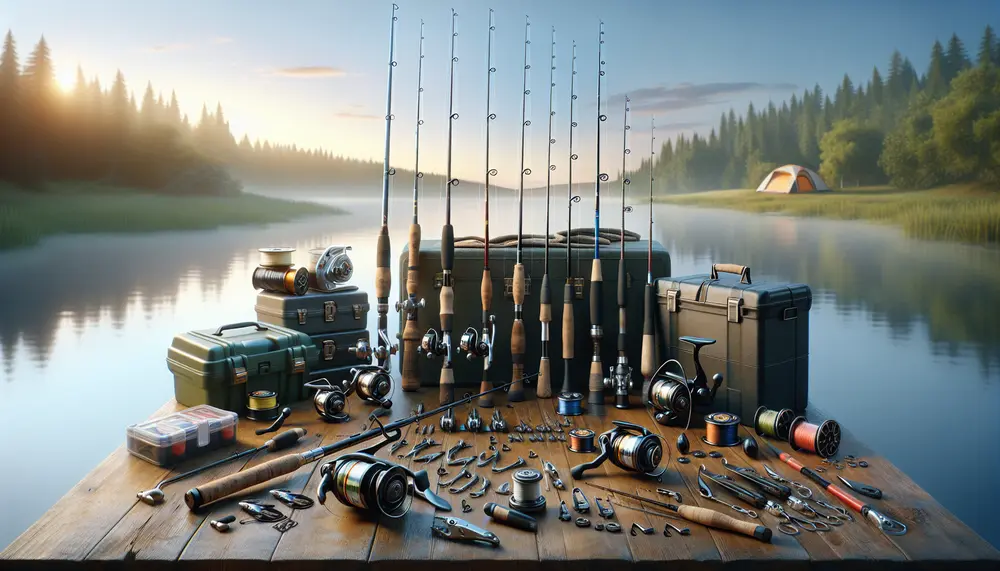
Fishing quick clips are tools that save time and increase flexibility for anglers by allowing rapid changes of lures and tackle without knot-tying, enhancing the fishing experience. The article explains their benefits, how to choose the right ones based on...
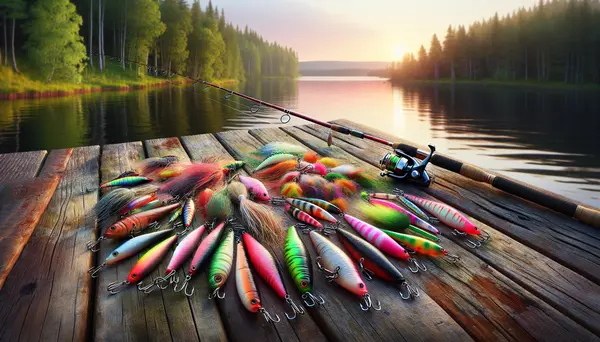
Lure Fishing ist eine Angeltechnik, bei der künstliche Köder verwendet werden, um die Bewegungen einer natürlichen Beute zu imitieren. Dieser Leitfaden gibt einen Überblick über verschiedene Arten von Angelködern und wie man sie einsetzt, sowie Tipps zur Auswahl des richtigen...
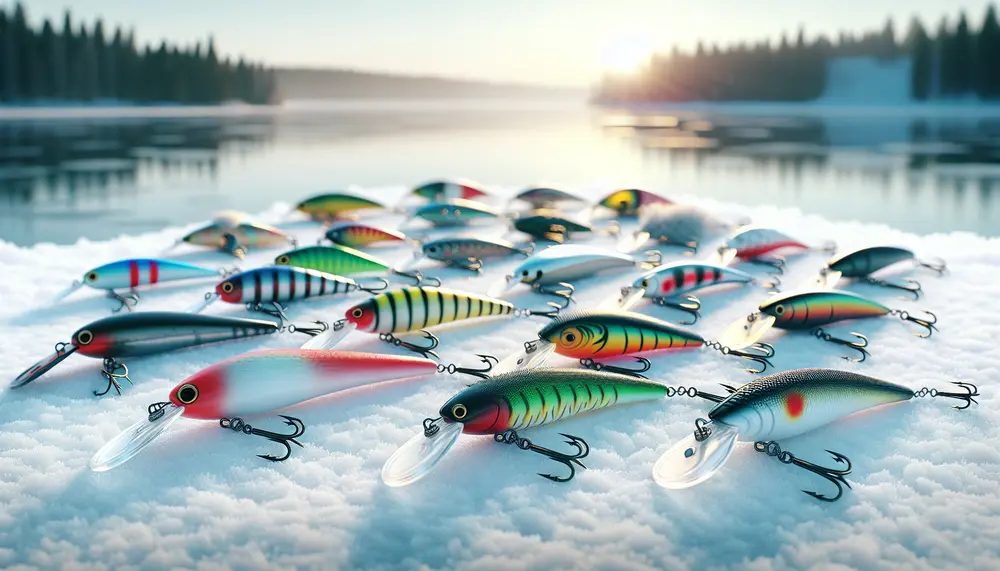
Ice fishing lures are essential for attracting fish under ice, designed to mimic prey with specific sizes, colors, and movements. Different types of lures like jigging lures, spoons, swimming lures, soft plastics, and tip-ups cater to various conditions and species;...
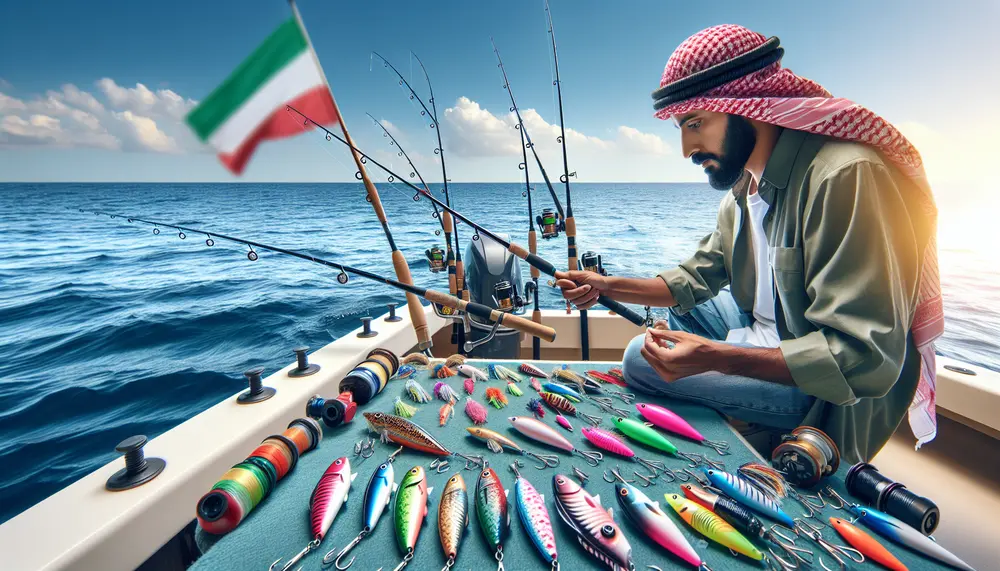
Die Auswahl der richtigen Tiefsee-Angelköder ist entscheidend für den Erfolg beim Angeln, wobei die spezifischen Vorlieben der Zielfischarten bezüglich Farbe, Bewegung und Größe sowie das Material und die Haltbarkeit des Köders unter Berücksichtigung rauer Salzwasserbedingungen wichtig sind. Zusätzlich beeinflussen Wassertemperatur,...
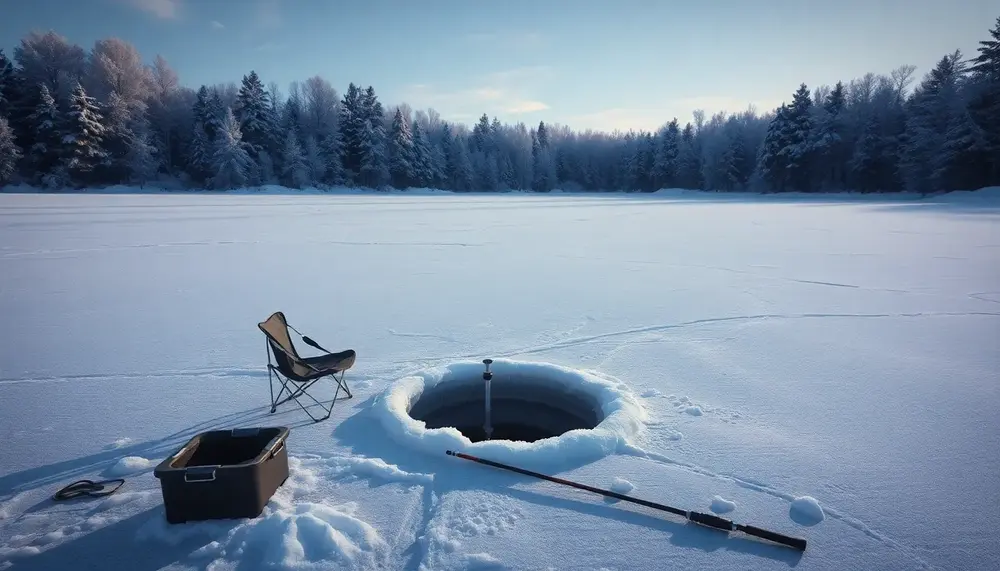
Um beim Eisfischen erfolgreich Kokanee zu fangen, ist es wichtig, ihr Verhalten zu verstehen: Sie reagieren aggressiv auf Bewegung und reizen durch Farben oder Vibrationen. Strategien wie die Nutzung eines Fischfinders, das Anpassen der Tiefe an Lichtverhältnisse sowie das gezielte...

Dieser Leitfaden behandelt die Auswahl des richtigen Angelkabels, einschließlich der verschiedenen Arten (Monofilament, Fluorkarbon und geflochtene Linien), Faktoren wie Zielart und Umgebung, Gewicht der Linie, Farbüberlegungen und Durchmesser sowie Abriebfestigkeit. Es wird betont, dass es keine universelle Lösung gibt; die...
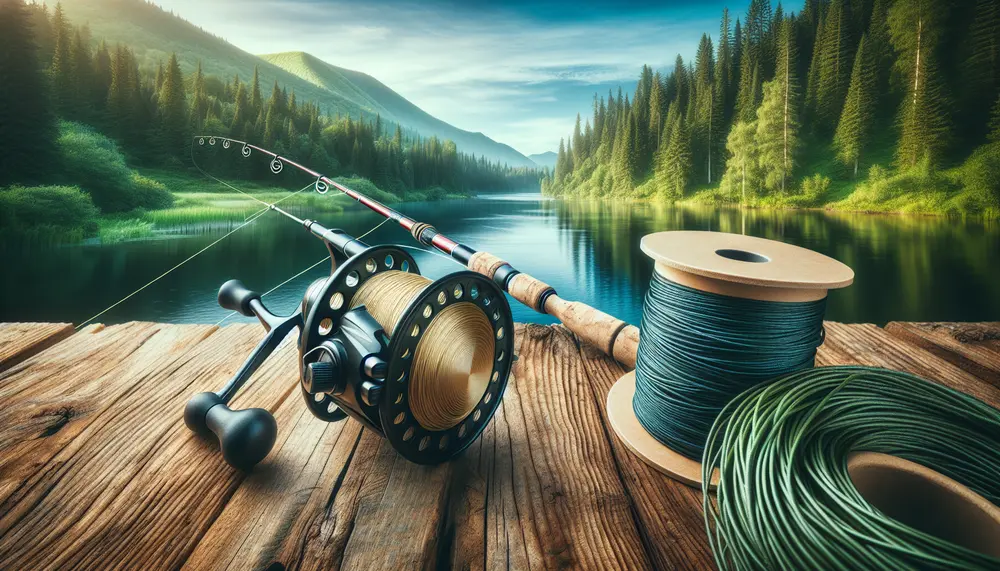
Fishing line basics are crucial for anglers, with attributes like durability, sensitivity, and visibility affecting the success of catching fish. Different types of lines—monofilament, braided, fluorocarbon—have unique pros and cons that influence fishing outcomes....
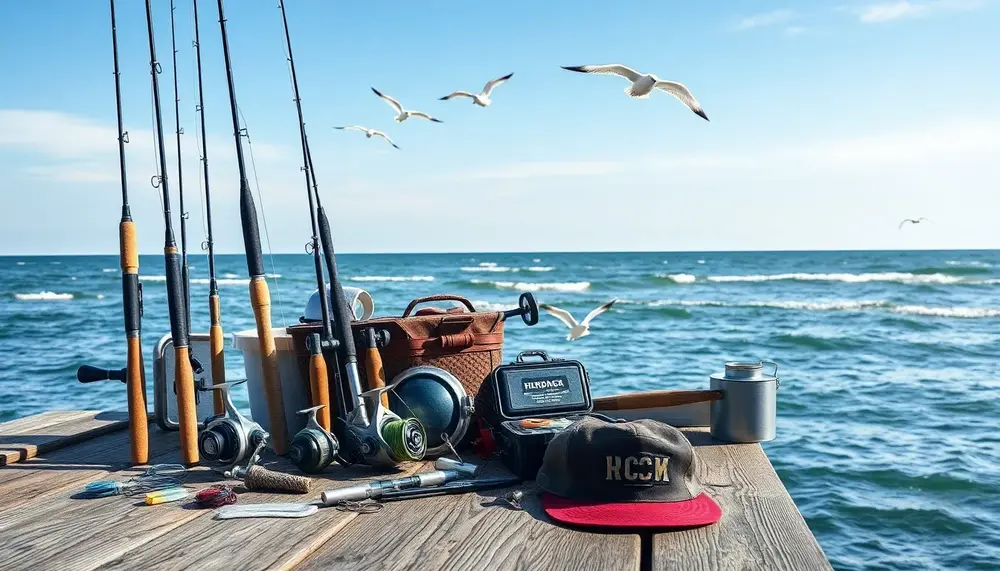
Salzwasserangeln bietet eine Vielzahl von Methoden, die sowohl Geschick als auch ein Verständnis für die Umwelt erfordern. Die richtige Ausrüstung und Sicherheitsmaßnahmen sind entscheidend, während Techniken wie Speerfischen oder Hand-Sammeln einzigartige Erlebnisse bieten und Respekt vor dem Meer fördern....
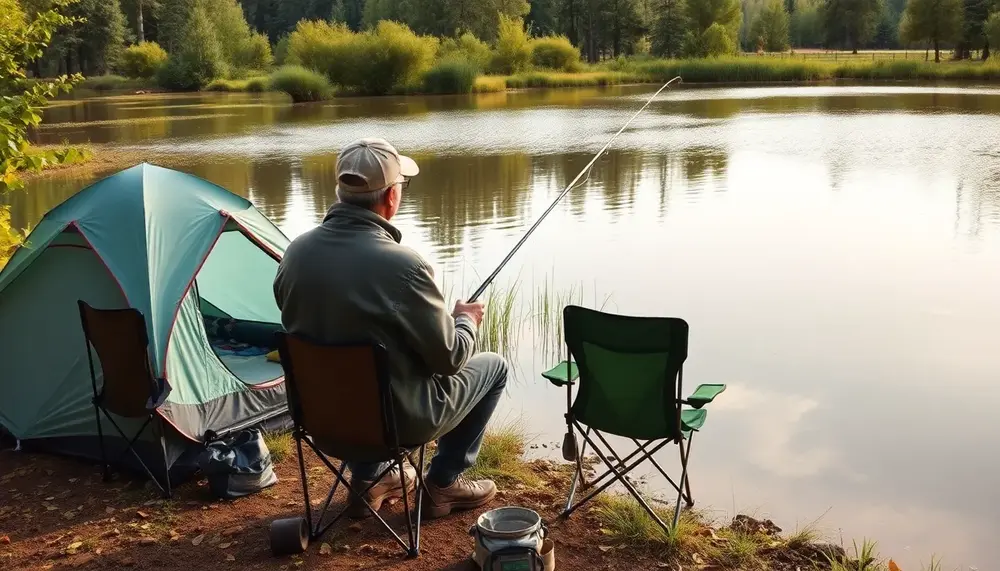
Die Wahl des richtigen Teichs und die passende Ausrüstung sind entscheidend für den Angelerfolg; verschiedene Fischarten erfordern angepasste Taktiken. Lokale Regeln, Lizenzen und aktuelle Informationen sollten vor jedem Angelausflug beachtet werden....
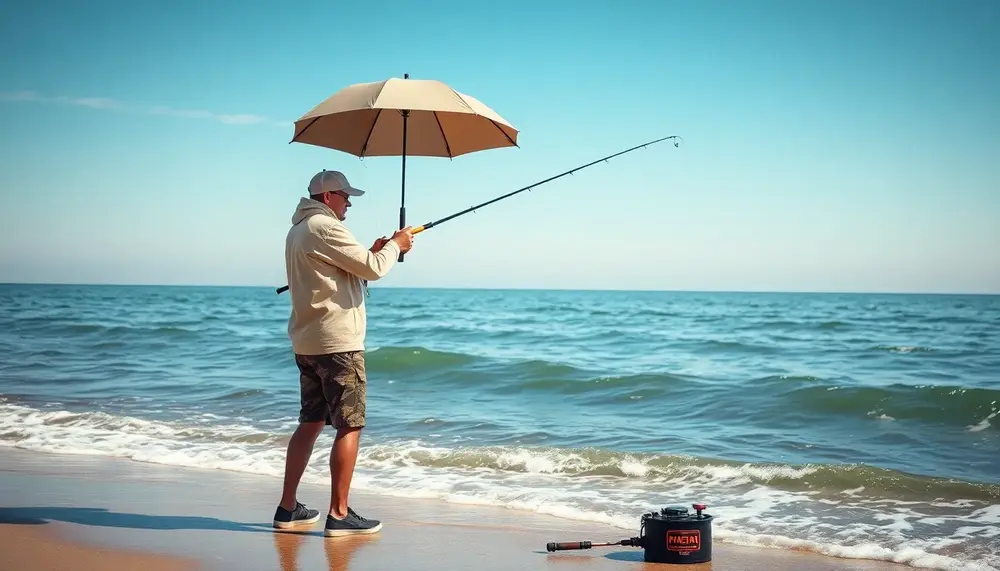
Der Einsatz von Saltwater-Umbrella-Rigs ist besonders effektiv, wenn Raubfische aktiv jagen, Köderfischschwärme vorhanden sind oder große Wasserflächen abgesucht werden müssen. Für den Erfolg entscheidend sind die richtige Auswahl und Anpassung des Rigs an Bedingungen wie Armanzahl, Materialqualität, Gewicht sowie Präsentationstiefe...
